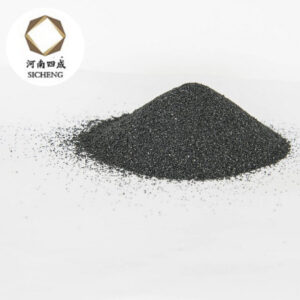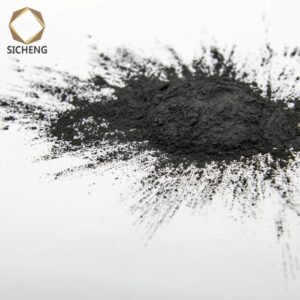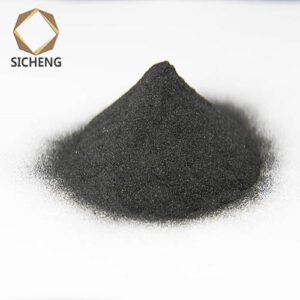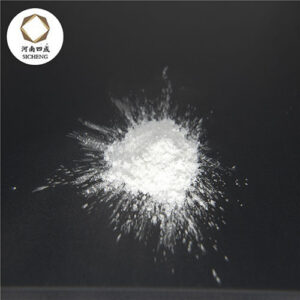Generally, it is burnt alumina powder. Of course, the glaze on the surface must be dried, and the glaze on the bottom of the billet must be wiped clean. The powder sticking is still due to the glaze on the bottom of the billet. Sometimes it is inevitable that it will stick a little, but As long as the green body is not stuck on the boron board, the sticky powder should be lightly polished with a bottom grinder.
1. The glaze on the bottom of the utensils has not been removed (wiped) clean.
2. The fluidity of the glaze is too large, the firing temperature range is exceeded, and it flows onto the boron plate.
Solution:
1> Clean up the bottom glaze. If it is a purchased glaze, you can ask the glaze shop about the temperature range and fluidity of this glaze. If possible, make a test piece of mud and glaze to be sure .
2> The glaze on the bottom foot is slightly higher. It is recommended to raise the glaze to form a vertical angle with the green body, so that most of the glaze flow can be controlled.
3. Spread the alumina solution on the glazed base (usually it is available for sale, or you can mix it with alumina and water yourself. You can add some colored ink to the alumina water for easy observation). In this way, it will basically solve this problem.
4. If conditions and funds permit and you don’t know much about the glaze, you can consider placing a piece of alumina cake under each utensil. Although the price is higher, it will not stick to the boron plate. Under normal circumstances, the bottom of the finished product will stick to some aluminum oxide or be relatively rough, which is unavoidable, so it must be ground with a bottom grinder (the rough bottom will affect the feel or easily scratch the table board).





